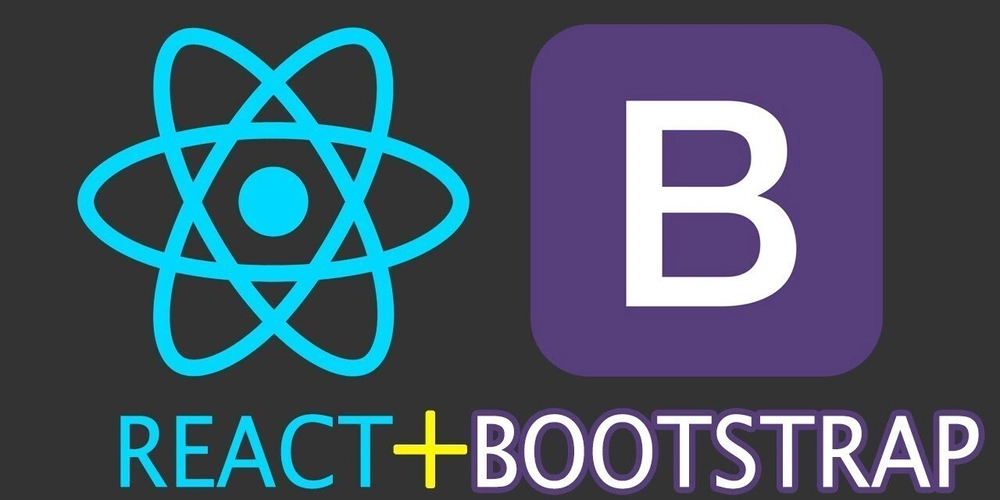How Rahim Saved His Coffee Shop with Statistics (Yes, Really!)
Meet Rahim, the proud owner of Coffee Adda, a charming little café nestled in the heart of Gulshan, Dhaka. A year ago, he opened this café with passion, dreams, and a killer latte recipe. At first, things went great—lines out the door, social media buzz, and the hum of happy customers. But recently, something changed. Sales started to dip. Customers seemed fewer. The cozy café vibes were still there—but the revenue wasn’t. Instead of panicking, Rahim did something many small business owners shy away from—he turned to data. ☕ When the Beans Don’t Lie: Starting with Descriptive Statistics Armed with a notebook, spreadsheet, and a little curiosity, Rahim sat down to analyze his past month's sales. His mission? To understand what was really going on in his shop, beyond the guesswork. He started by organizing the data by time of day: Time Slot | Avg. Cups Sold Morning (8–12) | 70 Afternoon (12–4) | 45 Evening (4–8) | 90 Rahim didn’t stop there. He broke down the sales even further: Most popular coffee: Latte (40% of total sales) Least popular: Espresso (just 10%) Weekly sales trend: Sales spike by 60% on Fridays and Saturdays Peak hour: Evening rush, especially 6 PM to 7:30 PM This part of Rahim’s journey is all about descriptive statistics—the art of summarizing raw data in meaningful ways. He now had answers to questions like: When are customers most active? What are they buying? Are there weekly patterns? Descriptive stats don’t predict the future. But they give you a crystal-clear snapshot of the present. And for Rahim, this was the beginning of a turnaround.
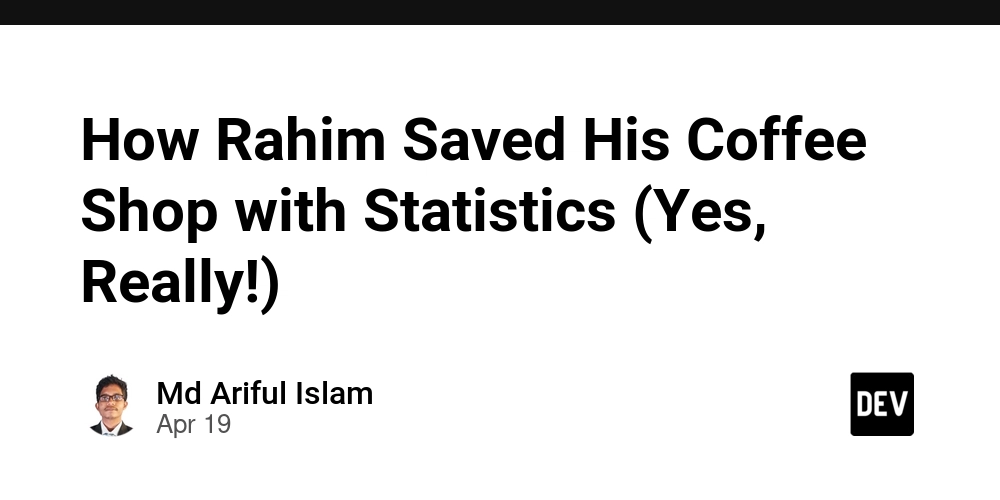
Meet Rahim, the proud owner of Coffee Adda, a charming little café nestled in the heart of Gulshan, Dhaka. A year ago, he opened this café with passion, dreams, and a killer latte recipe. At first, things went great—lines out the door, social media buzz, and the hum of happy customers.
But recently, something changed.
Sales started to dip. Customers seemed fewer. The cozy café vibes were still there—but the revenue wasn’t.
Instead of panicking, Rahim did something many small business owners shy away from—he turned to data.
☕ When the Beans Don’t Lie: Starting with Descriptive Statistics
Armed with a notebook, spreadsheet, and a little curiosity, Rahim sat down to analyze his past month's sales. His mission? To understand what was really going on in his shop, beyond the guesswork.
He started by organizing the data by time of day:
Time Slot | Avg. Cups Sold
Morning (8–12) | 70
Afternoon (12–4) | 45
Evening (4–8) | 90
Rahim didn’t stop there. He broke down the sales even further:
Most popular coffee: Latte (40% of total sales)
Least popular: Espresso (just 10%)
Weekly sales trend: Sales spike by 60% on Fridays and Saturdays
Peak hour: Evening rush, especially 6 PM to 7:30 PM
This part of Rahim’s journey is all about descriptive statistics—the art of summarizing raw data in meaningful ways.
He now had answers to questions like:
When are customers most active?
What are they buying?
Are there weekly patterns?
Descriptive stats don’t predict the future. But they give you a crystal-clear snapshot of the present. And for Rahim, this was the beginning of a turnaround.









































































































































































![[The AI Show Episode 144]: ChatGPT’s New Memory, Shopify CEO’s Leaked “AI First” Memo, Google Cloud Next Releases, o3 and o4-mini Coming Soon & Llama 4’s Rocky Launch](https://www.marketingaiinstitute.com/hubfs/ep%20144%20cover.png)















































































































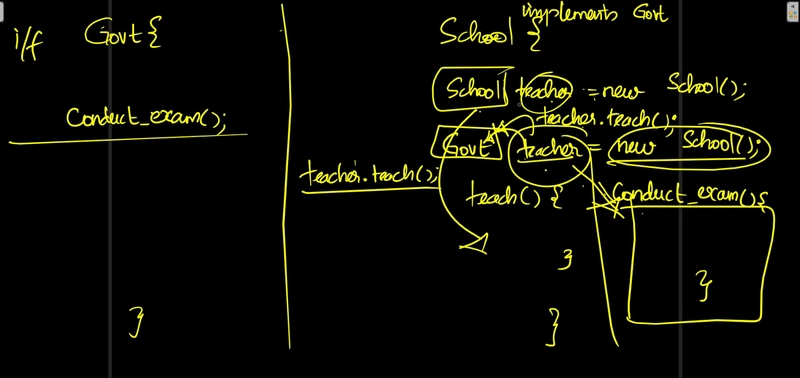
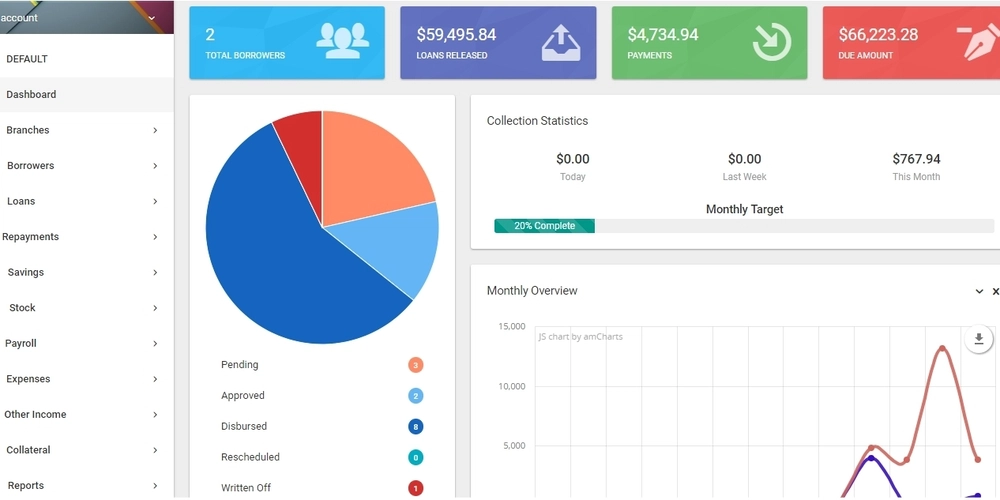

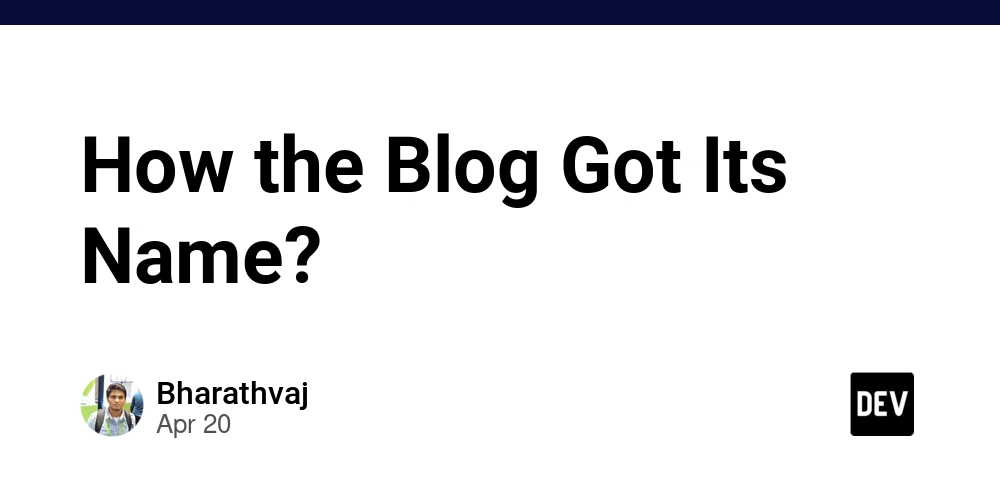









![[DEALS] The All-in-One Microsoft Office Pro 2019 for Windows: Lifetime License + Windows 11 Pro Bundle (89% off) & Other Deals Up To 98% Off](https://www.javacodegeeks.com/wp-content/uploads/2012/12/jcg-logo.jpg)



























![Is this too much for a modular monolith system? [closed]](https://i.sstatic.net/pYL1nsfg.png)






















































































































_Andreas_Prott_Alamy.jpg?width=1280&auto=webp&quality=80&disable=upscale#)
































































































![What features do you get with Gemini Advanced? [April 2025]](https://i0.wp.com/9to5google.com/wp-content/uploads/sites/4/2024/02/gemini-advanced-cover.jpg?resize=1200%2C628&quality=82&strip=all&ssl=1)













![Apple Shares Official Trailer for 'Long Way Home' Starring Ewan McGregor and Charley Boorman [Video]](https://www.iclarified.com/images/news/97069/97069/97069-640.jpg)
![Apple Watch Series 10 Back On Sale for $299! [Lowest Price Ever]](https://www.iclarified.com/images/news/96657/96657/96657-640.jpg)
![EU Postpones Apple App Store Fines Amid Tariff Negotiations [Report]](https://www.iclarified.com/images/news/97068/97068/97068-640.jpg)
![Apple Slips to Fifth in China's Smartphone Market with 9% Decline [Report]](https://www.iclarified.com/images/news/97065/97065/97065-640.jpg)



































































































































